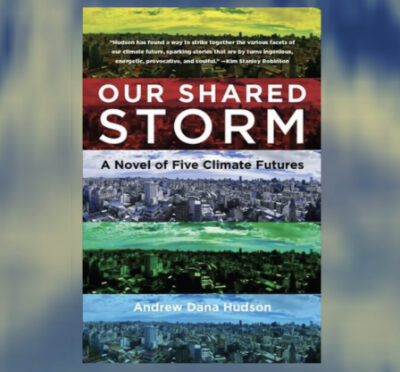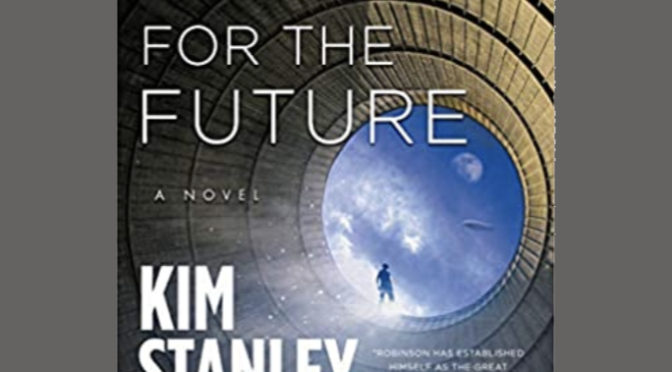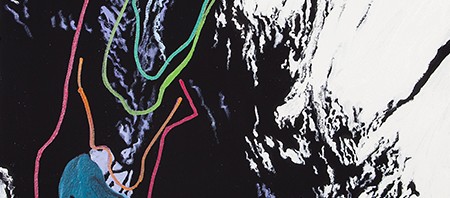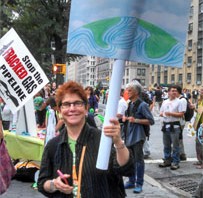Category: Climate Change
-

Our Shared Futures
Can climate fiction help us see our way through the maze of possible futures we face? Can it help us move forward from our present moment? Andrew Dana Hudson’s slim novel, Our Shared Storm: A Novel of Five Climate Futures, engages these questions directly, by imagining how four characters’ lives would…
-

Message From the Future Kim Stanley Robinson amps up his message on climate change
Kim Stanley Robinson’s climate-fiction blockbuster, The Ministry for the Future, has galvanized readers both within and outside the science fiction community—riding the wave of anxiety catalyzed by last year’s extreme weather events, along with increasingly urgent warnings from climate experts and activists. The novel’s power relies on a two-pronged strategy: offering…
-

Thinking about Gaia
In this month of Earth Day and marching for science and climate, I’m thinking about Gaia. A hashtag popped up on Twitter last week: #ifonlytheearthcouldspeak. Yes! That’s a good prompt to contemplate right now. The hashtag elicited a range of responses from funny and snarky to thoughtful and earnest. Some tweeters suggested that…
-

Talking with Diane Burko on art and climate change
My conversation with climate artist Diane Burko was posted on Creative Disturbance, a podcasting platform for dialogue among artists and scientists on sustainability and environmental issues. We’re happy to join others on their Art & Earth Sciences channel, shining different lights on urgent issues relating to climate change—especially this week, as the…
-

Got Climate Change?
I was one of the 300,000-plus people in the People’s Climate March in New York on September 21 – and like many others there, it had been a long time since I joined a march. I couldn’t pass up the opportunity to be part of a big crowd, all sharing a growing feeling of alarm over…

